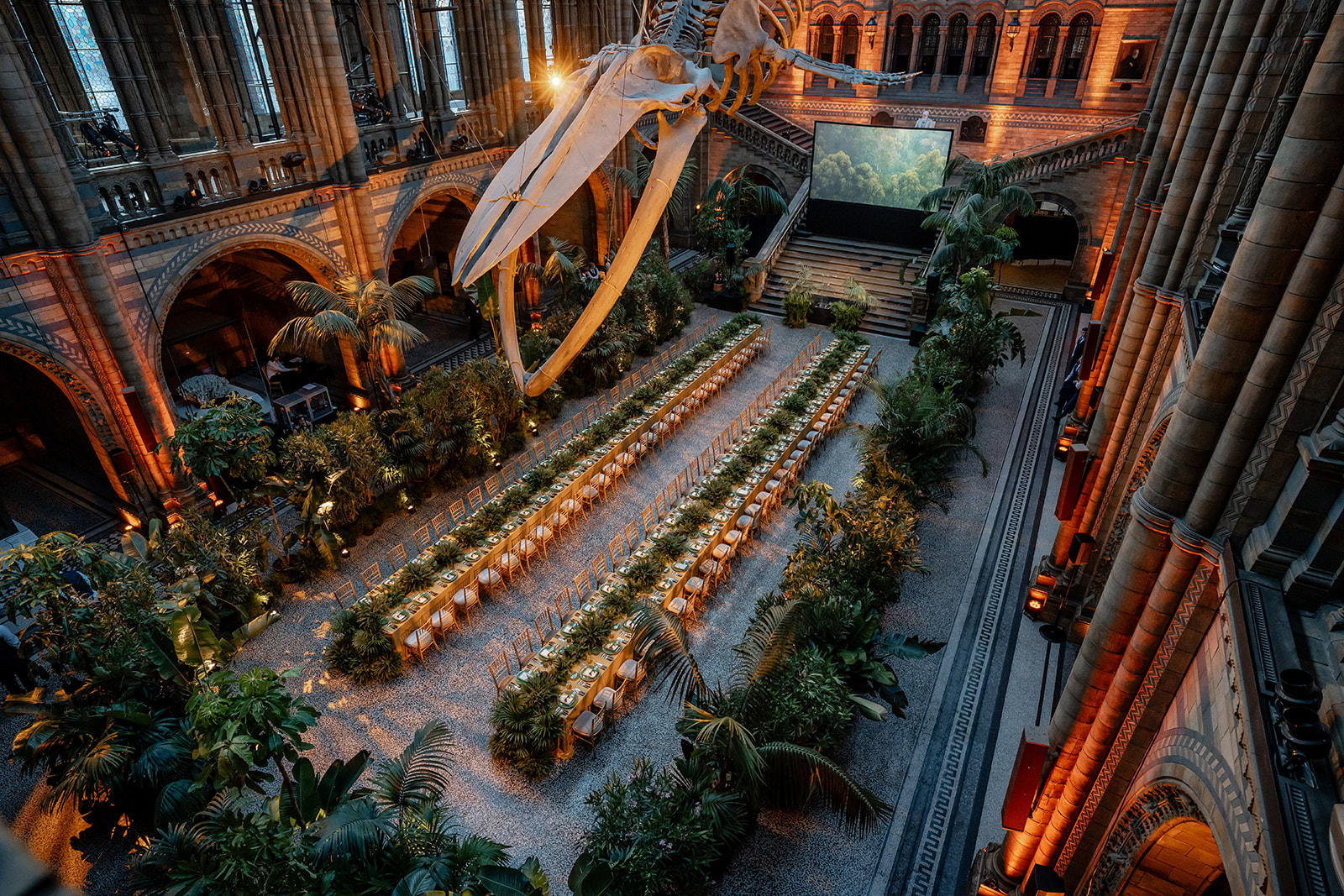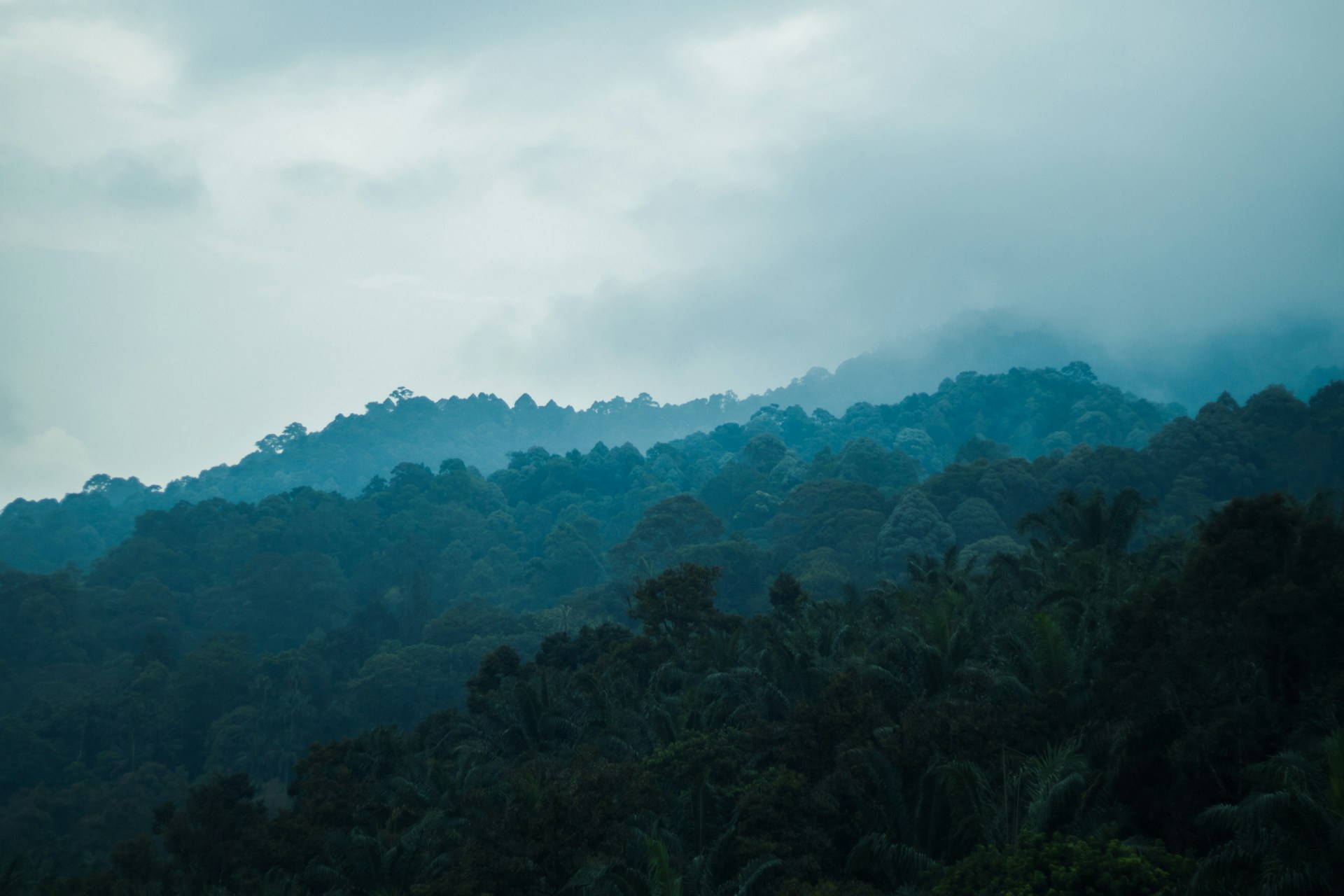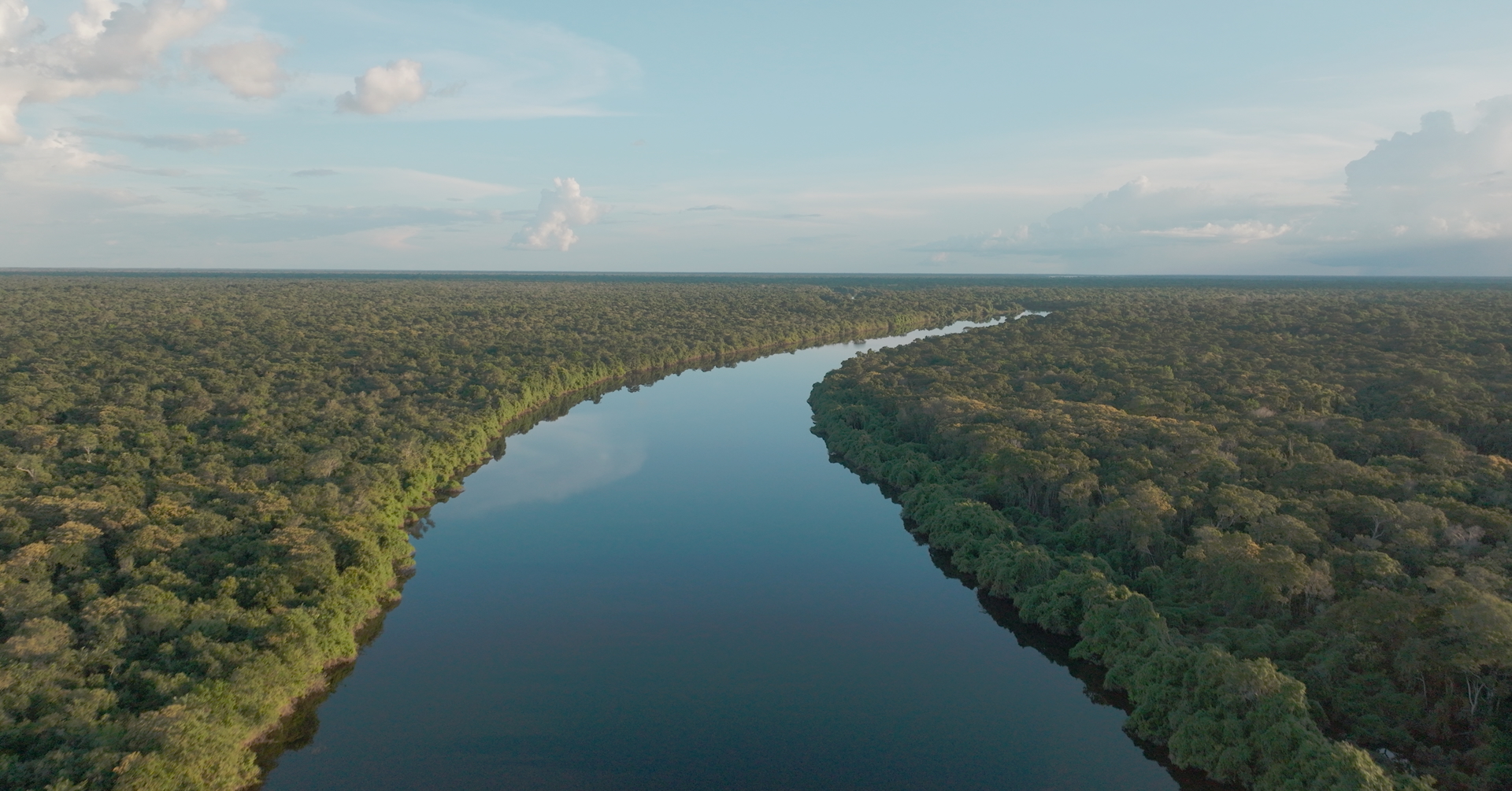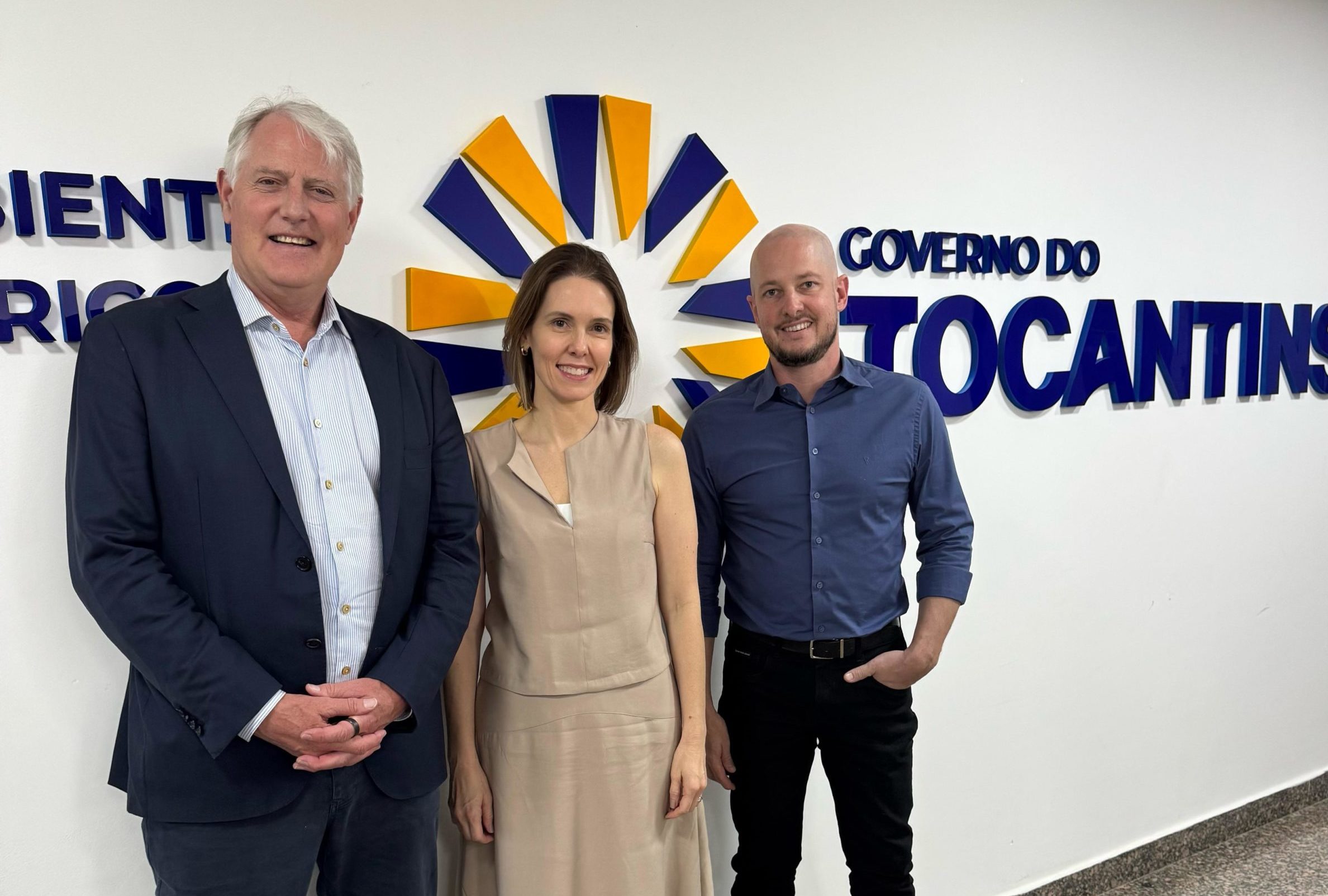Stories shape the way we see the world. They make us care, they make us act, and they make complex issues understandable. Long before data or policy, it is stories that have moved people to change the course of history. In the fight to protect our planet, they are one of the most powerful tools we have.
That is why storytelling sits at the heart of Race to Belém. This campaign is not only about mobilising finance for jurisdictional forest protection or creating pathways for the private sector to purchase high-integrity credits. It is about telling the story of the Amazon itself — a living, breathing system of rivers, trees, and communities whose future will shape the fate of our climate, our biodiversity, and our own survival.
To save these forests, we cannot just trade in tonnes of carbon; we have to trade in understanding, empathy, and urgency. Storytelling is not an add-on to this campaign. It is the engine that moves it forward.
This commitment to story came to life during London Climate Action Week, when we hosted Race to Belém: An Evening of Ambition and Action at the iconic Natural History Museum. We chose the museum not only because it’s the home of science and storytelling, where evidence and imagination meet, but because we wanted to root the evening in a space that connects people to the deep history of life on Earth and reminds us what is at stake. Under the vast skeleton of Hope — the blue whale named to symbolise humanity’s potential to shape a better future — Hintze Hall was transformed into a lush forest. There, we brought together private sector leaders, Brazilian representatives, NGOs and Indigenous leaders to focus on channelling capital and commitment to protect the Amazon ahead of COP30 in Belém.
Climate weeks are often a blur of panels and announcements. We wanted to do something different: to slow people down, make them pause, and truly connect with nature. Guests were immersed in Our Story with David Attenborough, a 360° journey through Earth’s extraordinary biodiversity that created a rare moment of reflection.
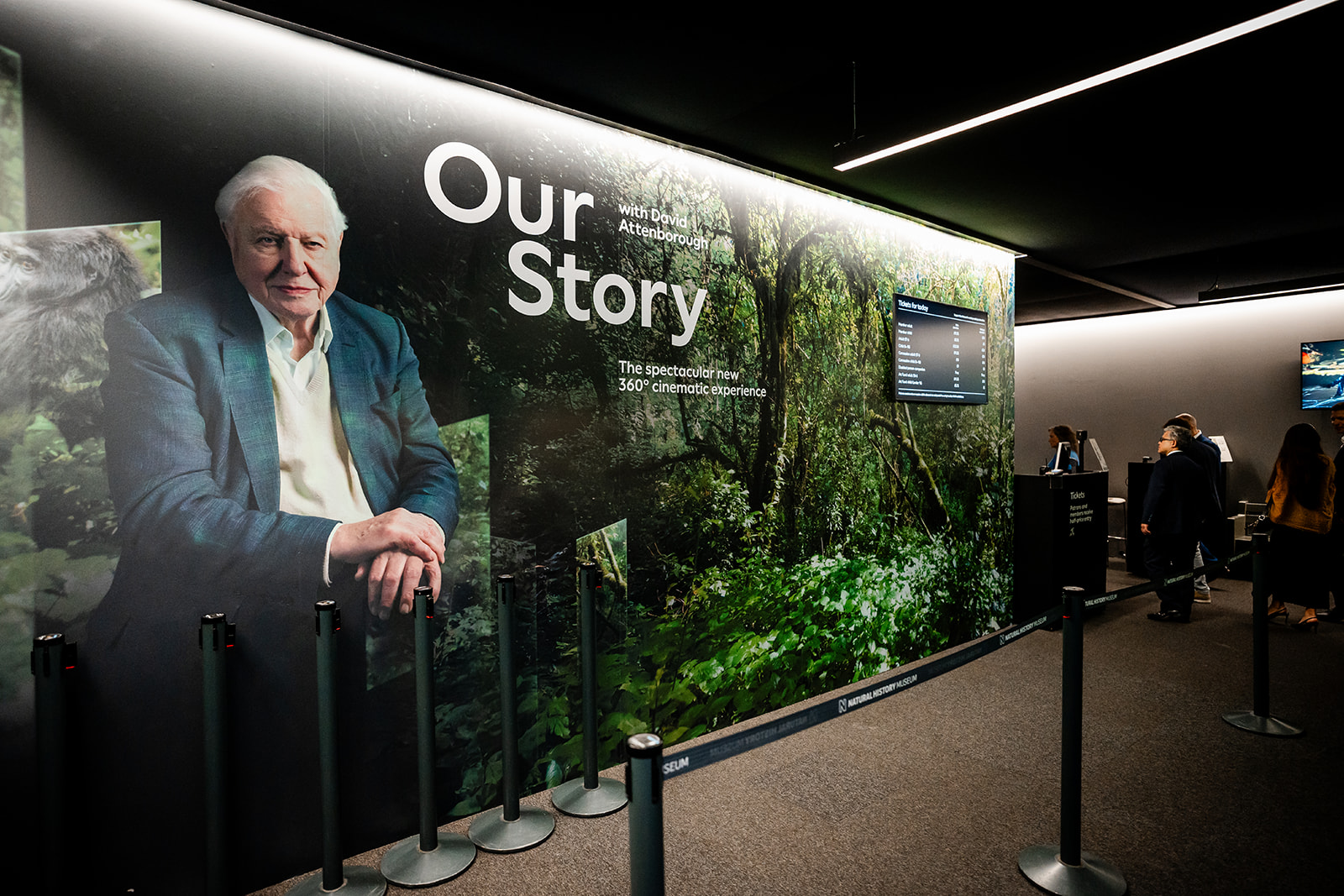
The evening also premiered a new short documentary, created in partnership with Open Planet, on Silvania’s landscape-scale JREDD+ program in the State of Tocantins. What makes this film powerful is not just the sweeping landscapes or the metrics of hectares and tonnes — it is seeing the people behind the change. The film gives a voice to local leaders, Indigenous Peoples and traditional communities, and farmers who are navigating the complex reality of protecting both the Cerrado and Amazon biomes, while sustaining their livelihoods. It does not shy away from nuance. Real forest protection is not a simple story, and this film helps the world understand what systemic change really looks like on the ground: balancing economics and ecology, culture and conservation, urgency and long-term vision. It is in these human stories that the true value of the Race to Belém campaign comes to life.
We have only a few more months before COP30. The clock is ticking, and we have some exciting things planned. Join us, and together we can protect the Amazon, the Cerrado, and other Brazilian forests that sustain the planet.






